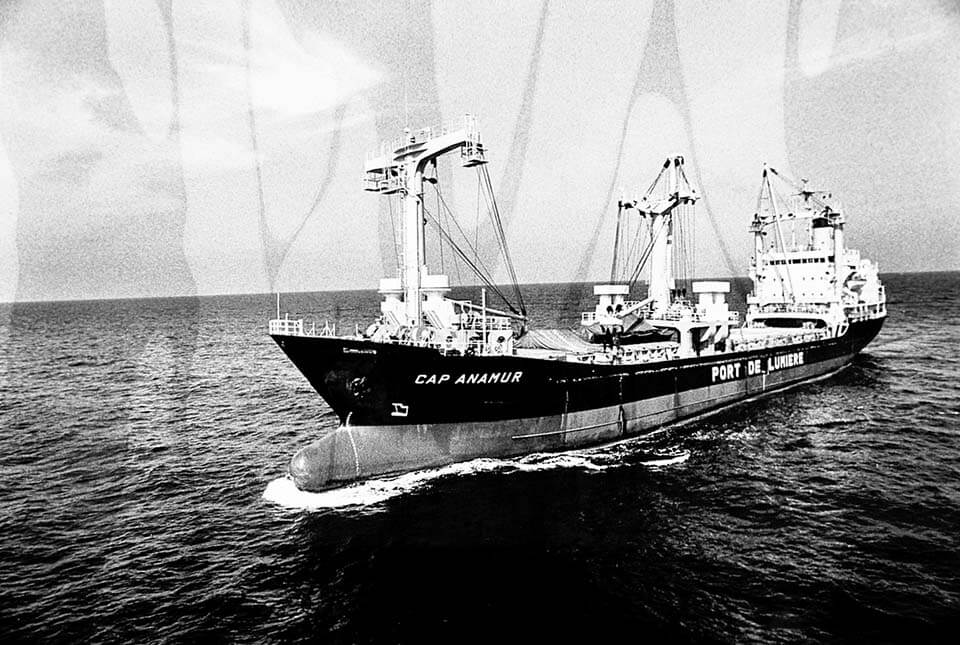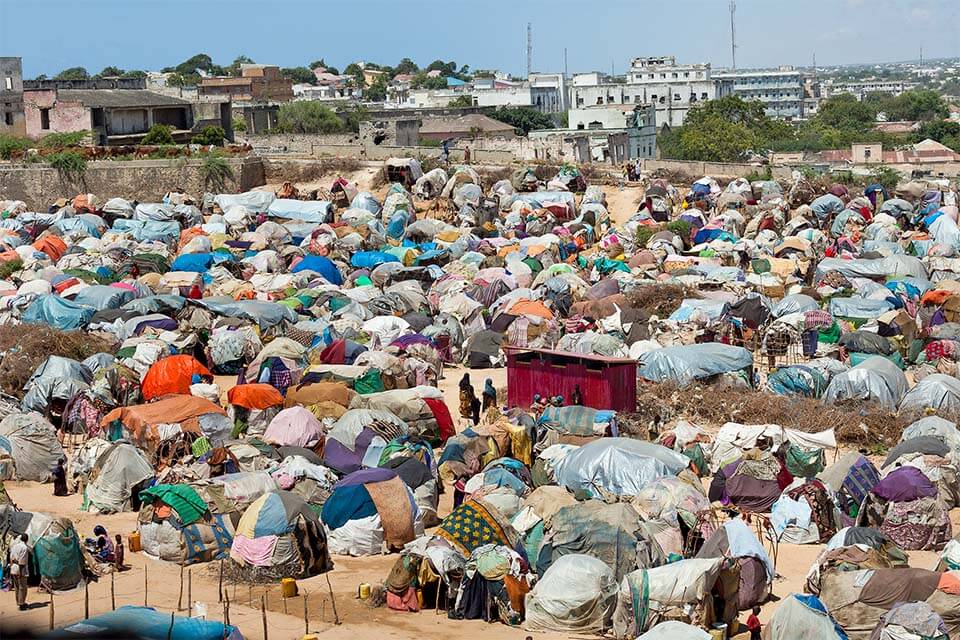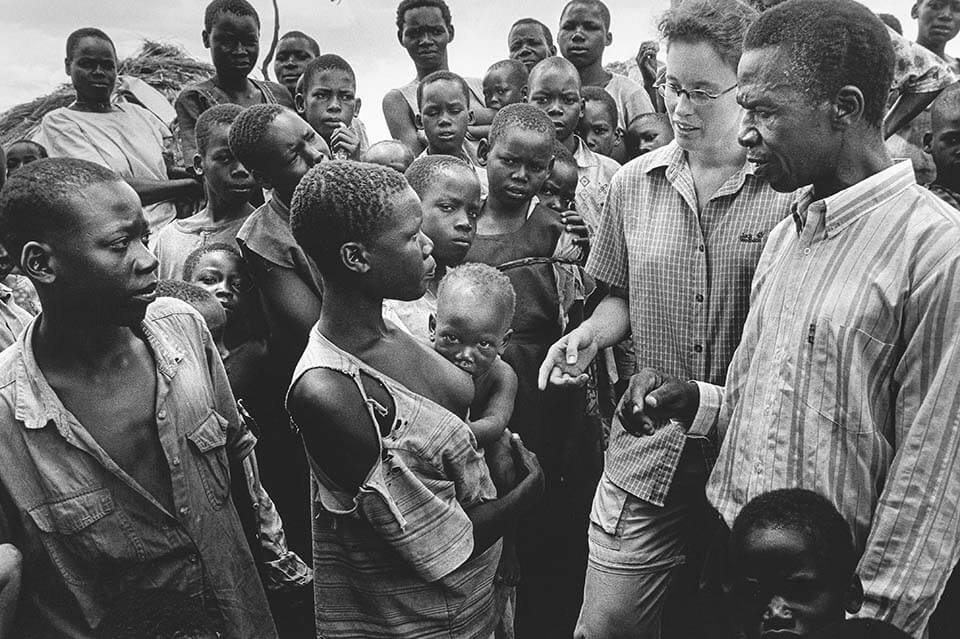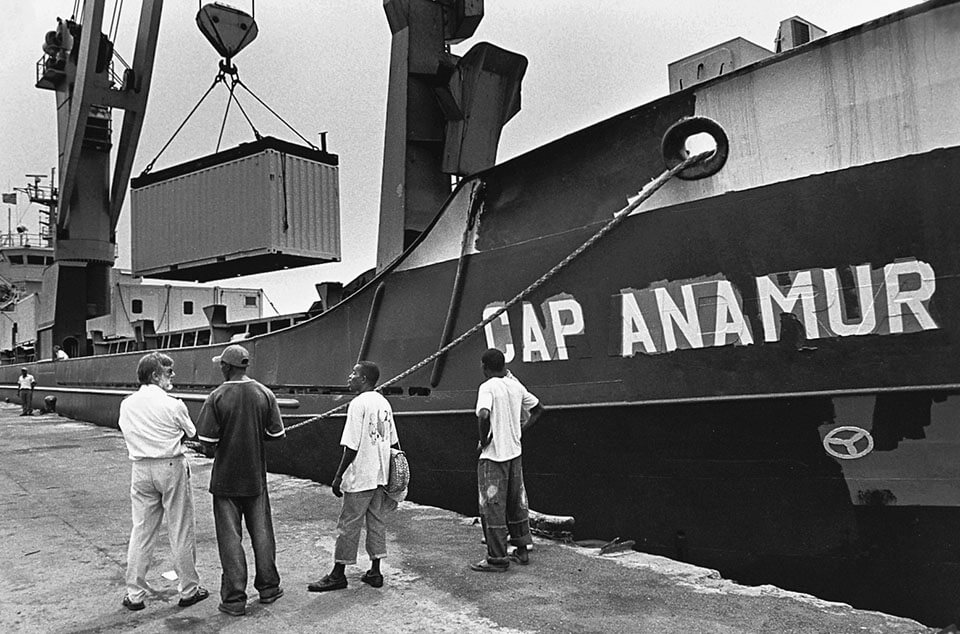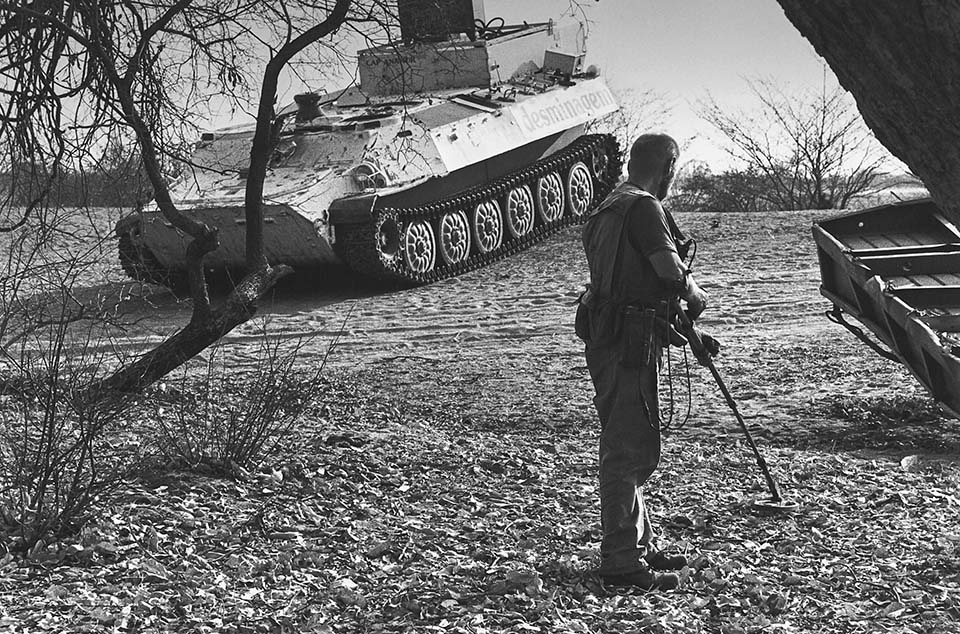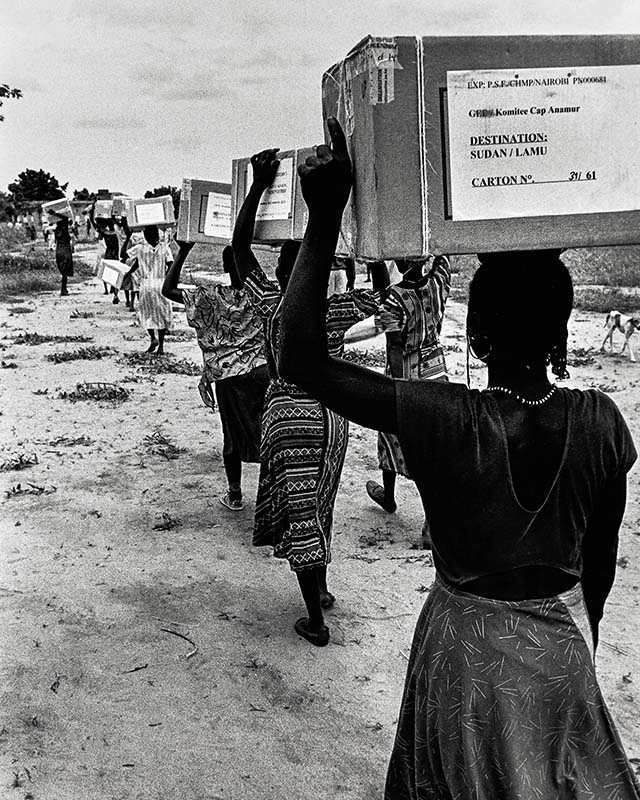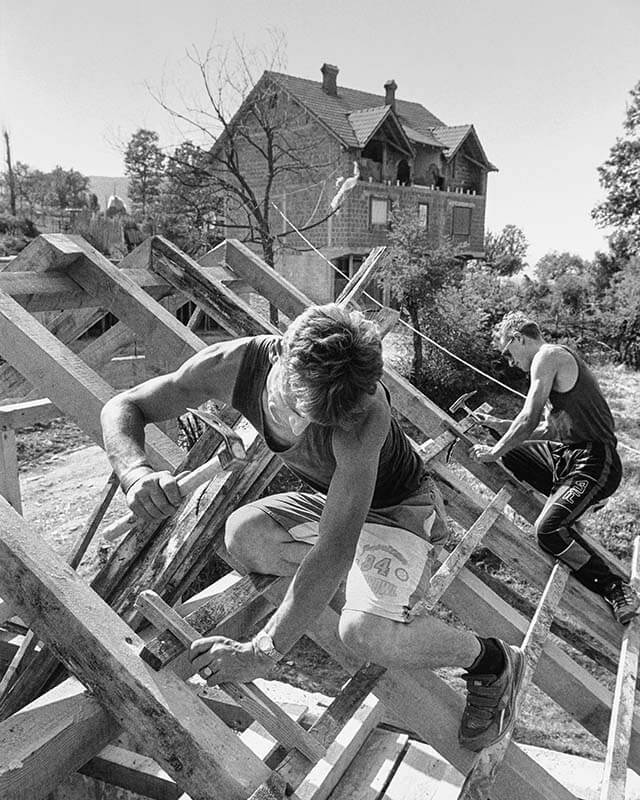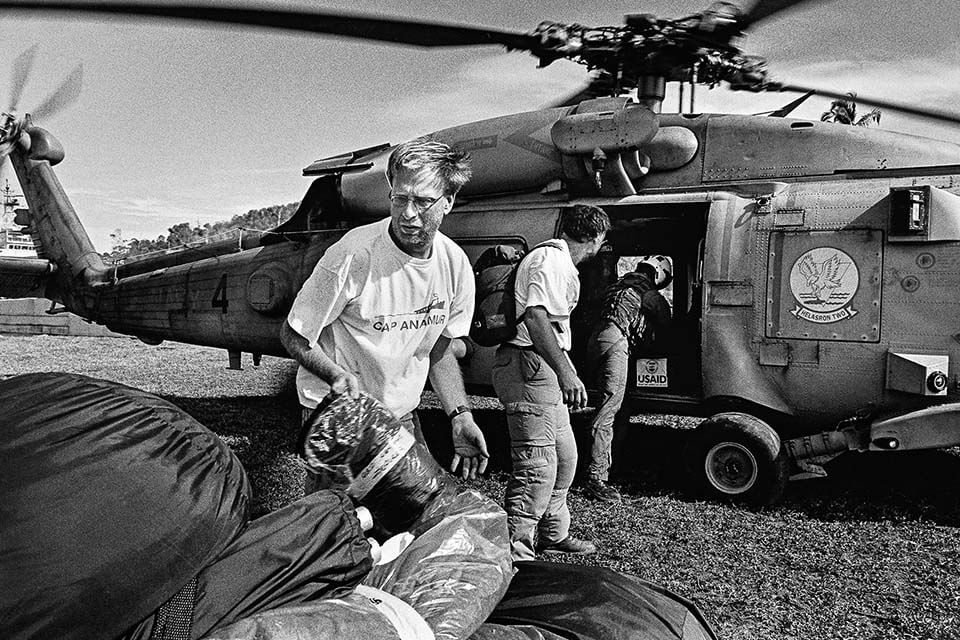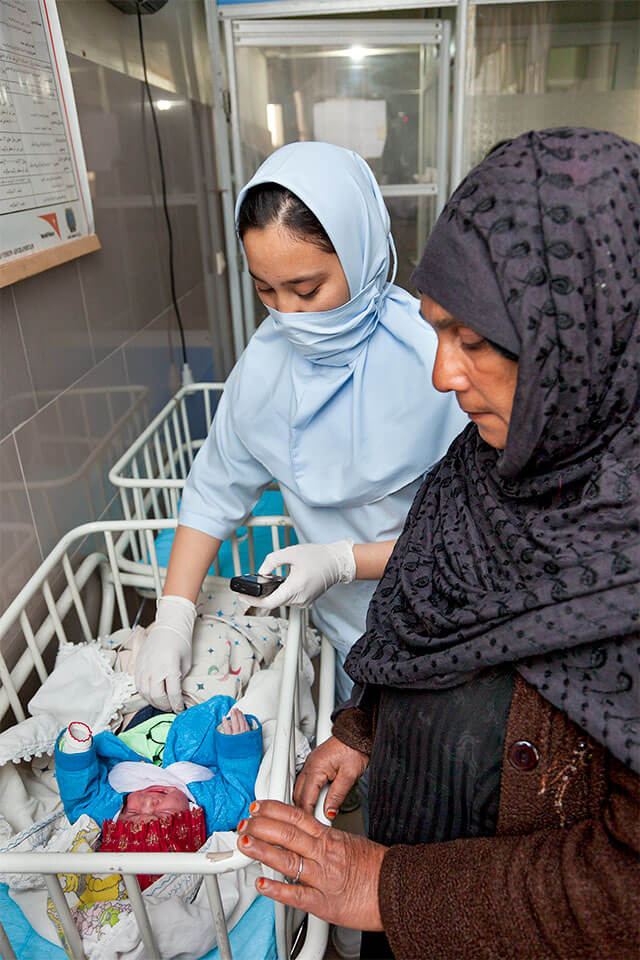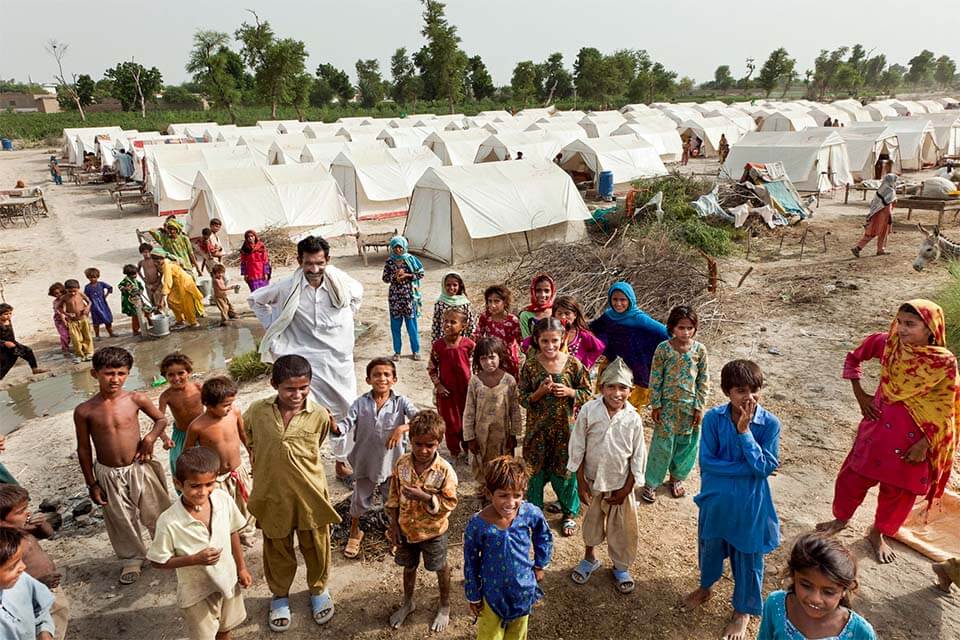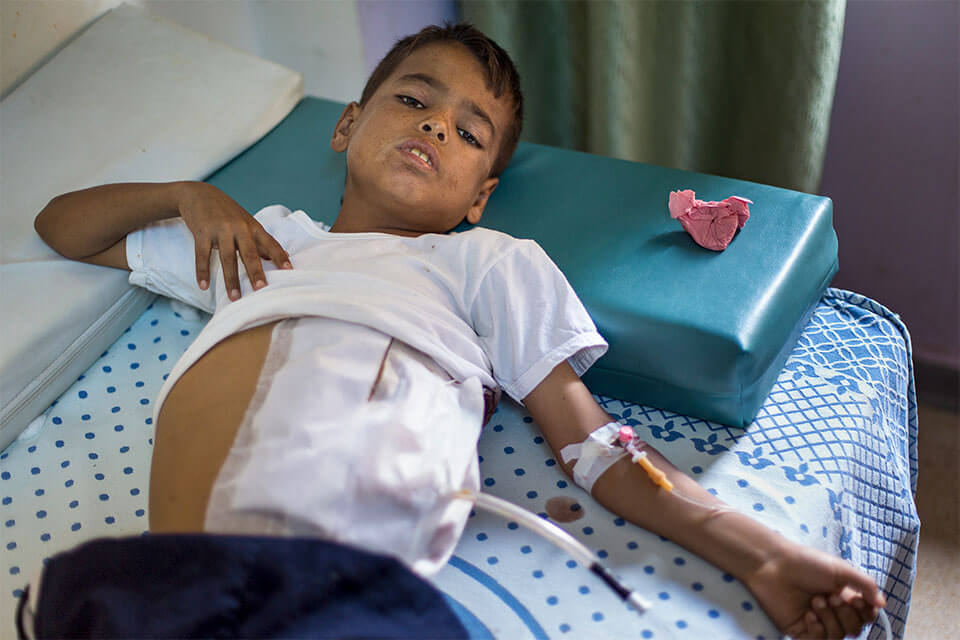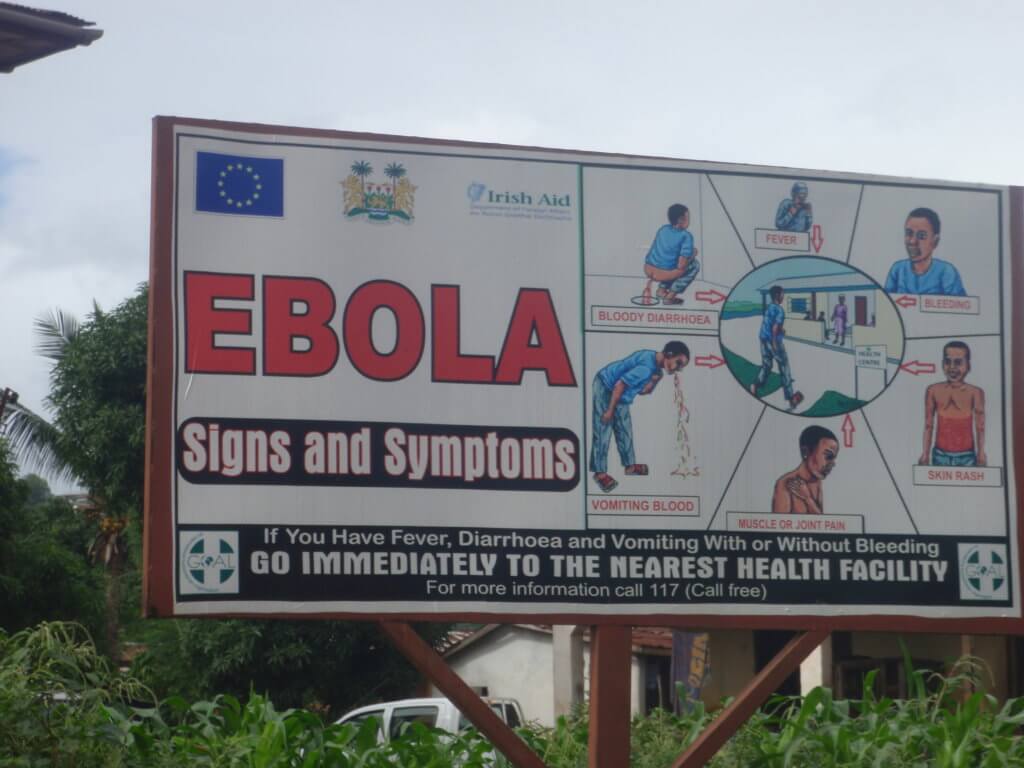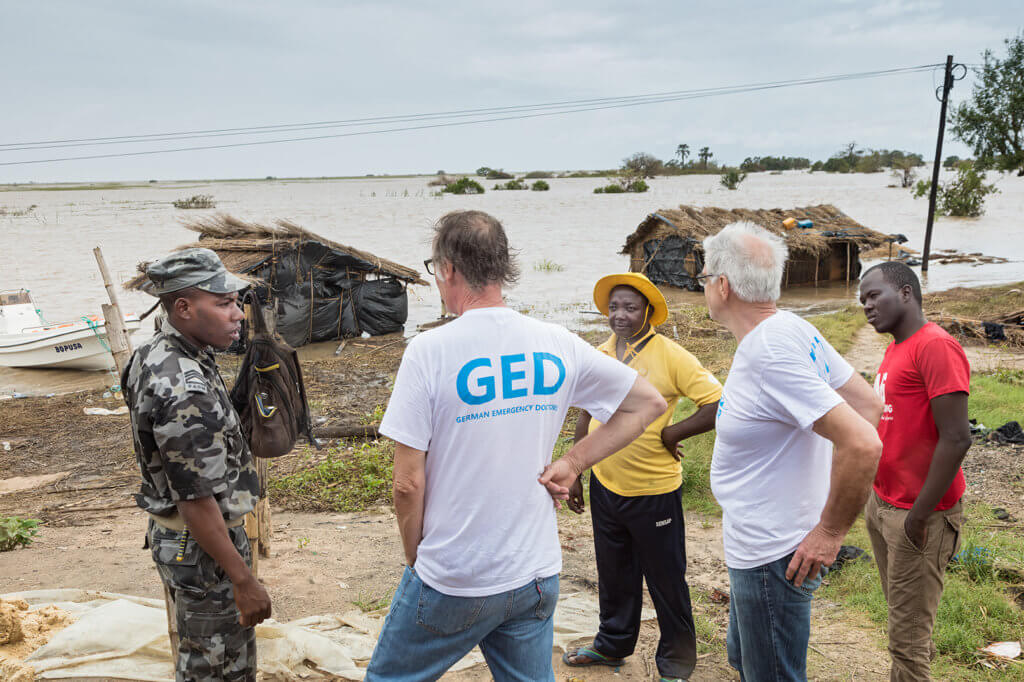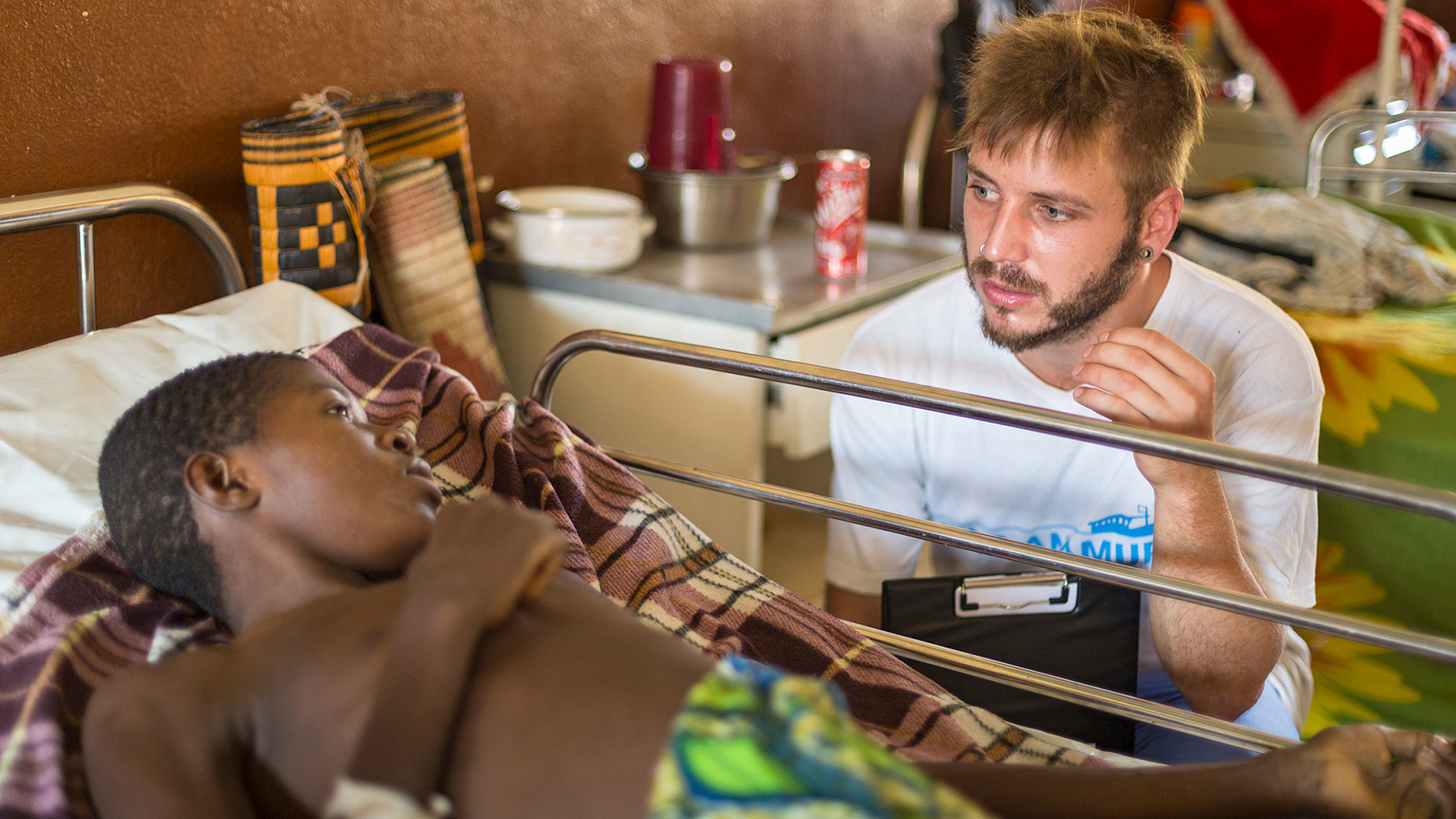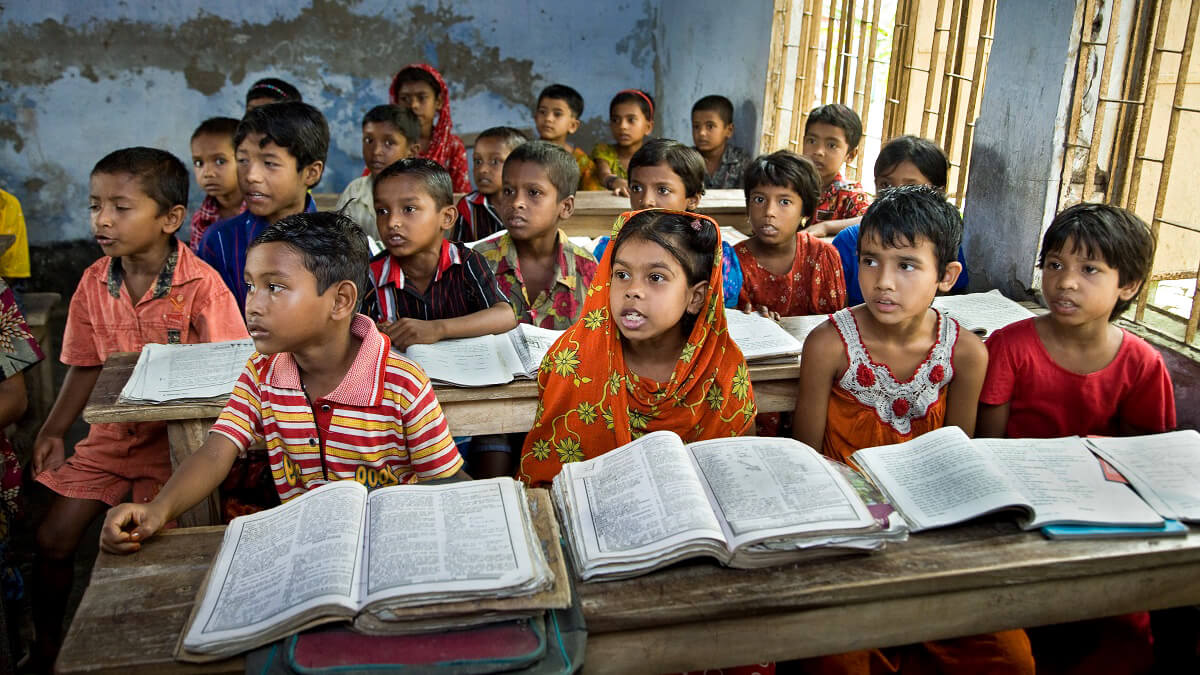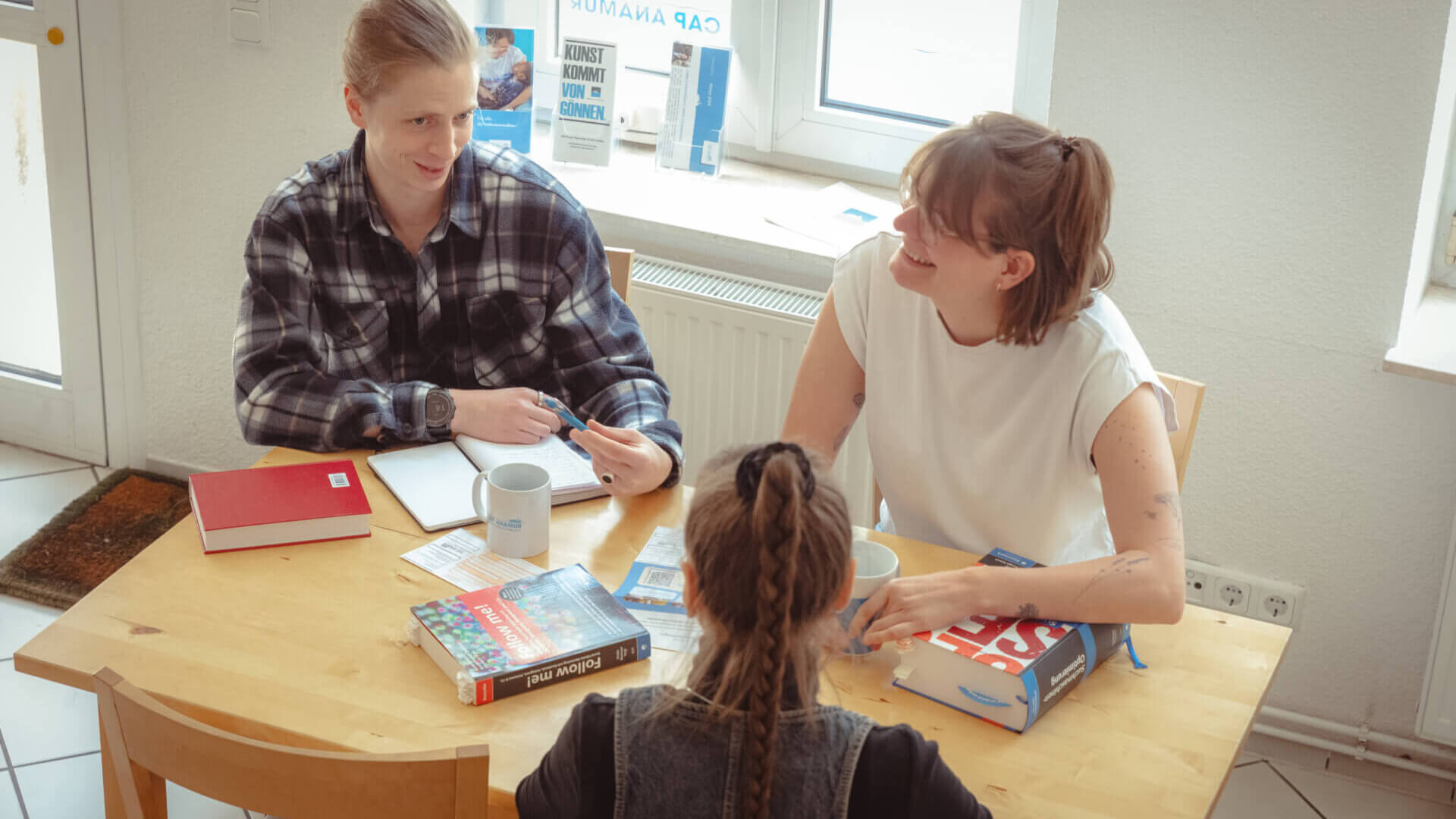
About us
History
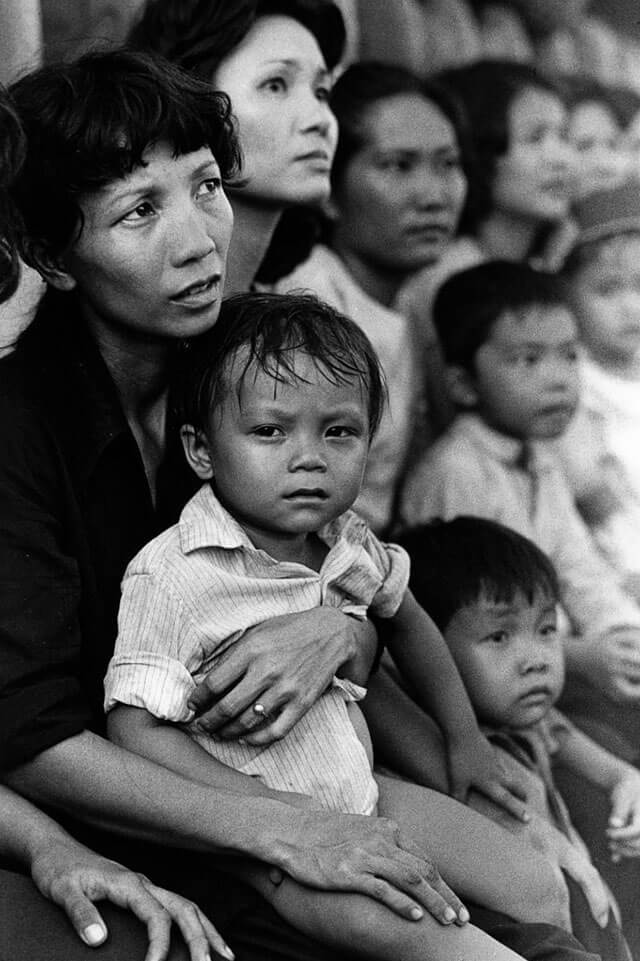
The Foundation of Cap Anamur
Our story begins in 1979, with the humanitarian crisis in the South China Sea.
People fleeing from Vietnam ran into acute danger to their lives on the way to their supposed freedom there. Dilapidated and overloaded boats, violent storms, food and water shortages, as well as numerous pirate attacks, meant death for thousands of people.
Christel and Rupert Neudeck do not want to stand idly by.
With a group of friends, they spontaneously founded the aid committee “A Ship for Vietnam”. For their specially organized rescue operation, the married couple Christel and Rupert Neudeck, together with the author and later Nobel Prize winner Heinrich Böll, charter the freighter “Cap Anamur” – named after a cape on the Turkish coast. With the help of a national fundraising campaign, it is being converted into a hospital ship in Kobe, Japan.
It is August 13, 1979, when the Cap Anamur begins its first mission in the South China Sea.
This is the actual hour of birth, the first mission, the first project of our aid organization, which is still alive today. Despite all the prophecies of doom, this first aid mission was a great success, as were the trips that followed.
A total of three ships sailed under this name between 1979 and 1987 to rescue people in distress at sea.
Thanks to the spirited and courageous efforts of many dedicated people who shared the vision of Christel and Rupert Neudeck, thousands of lives were saved.
More than 10,000 "boat people," as they were called at the time, thus survived their escape from death and political persecution.
Another 35,000 or so people received medical care on board. Many of them found a home in Germany and are still connected to our organization today.
Cap Anamur from 1979 to today
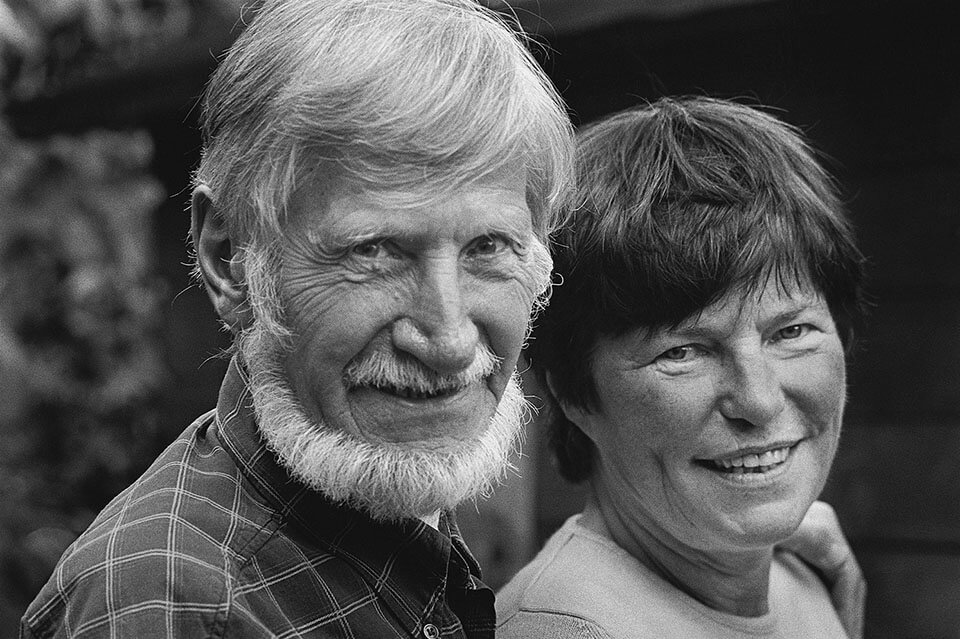
From aid committee to non-profit association
It is the admirable initiative of Christel and Rupert Neudeck, who, against all odds and resistance that existed at the time, started their own civilian aid campaign with the aid committee “A Ship for Vietnam”. At the same time, it is the great encouragement and willingness to help and donate within the German population that has supported our work from the very beginning. Until today, this allows us to continue our projects in this way. This is how the non-profit association “Cap Anamur – Deutsche Not-Ärzte e.V.”, as it is known today, was able to emerge from the aid committee in 1982.

From water to land - a success story continues
After the great successes on the South China Sea, there is no time to rest. The project work has changed from the work at sea of yesteryear to aid projects on land. In addition to sending emergency medical personnel, Cap Anamur’s outreach teams build schools and hospitals, train local medical personnel, feed people affected by hunger and thirst, and restore or even completely rebuild infrastructure. The focus of the aid projects is always on sustainability.
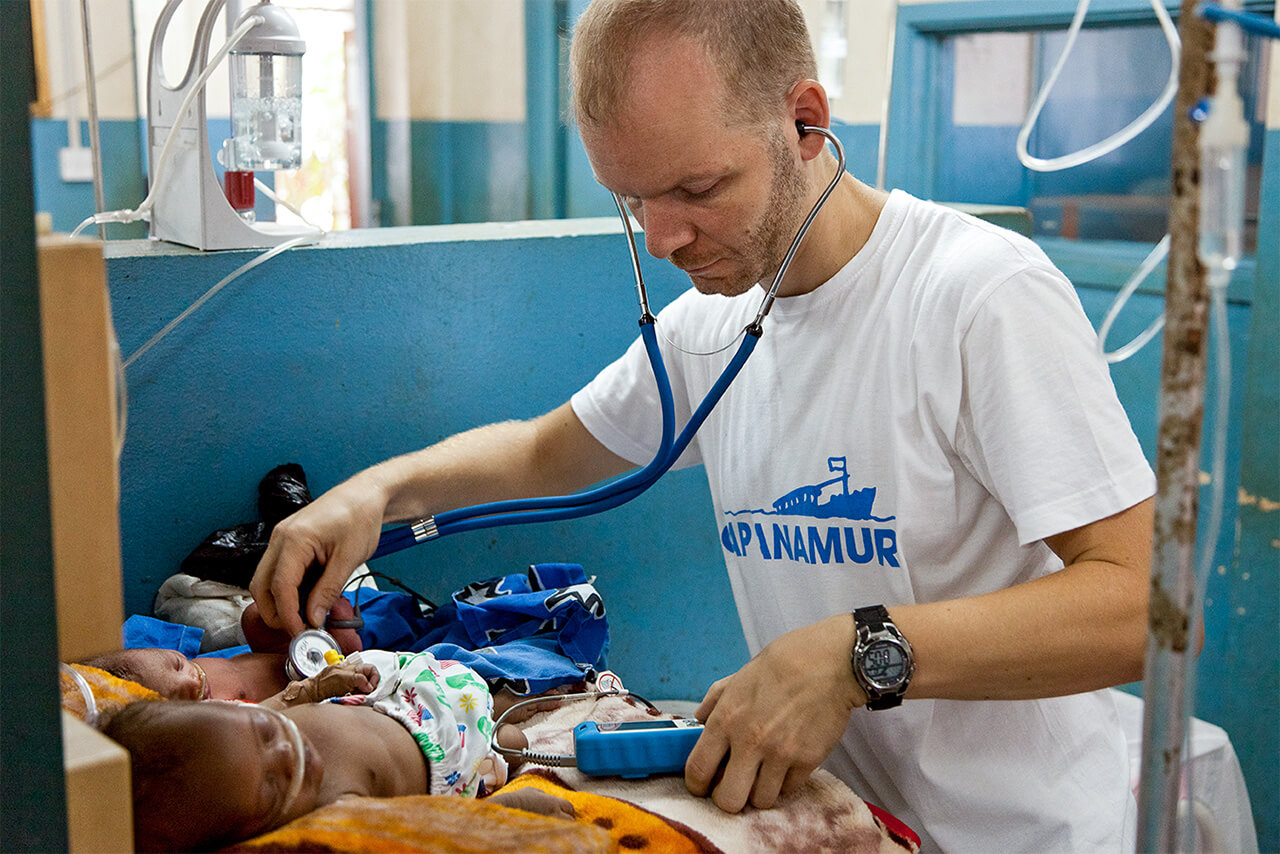
Cap Anamur is carrying out projects and aid missions in over 62 countries up to 2022.
In the process, the organization has always remained true to the principles and guidelines established by Christel and Rupert Neudeck back then. Rupert Neudeck named “the principle of radical humanity” as one of Cap Anamur’s most important guidelines. Cap Anamur ensures fast and unbureaucratic help where people are in need. Aid that is always provided to people unconditionally, regardless of ethnic, religious or political affiliations.
Zeitstrang
Erster Einsatz unserer Hilforganisation an Land: In Folge von Dürre und Krieg kam es in Somalia zu einer großen Geflüchtetenwelle. Unsere Organisation stellte einen Hilfsgütertransport zusammen und errichtete Camps mit Krankenstation und Ambulanz. Cap Anamur verblieb 14 Jahre im Land.
Die medizinische Versorgung der armen Menschen im Land war durch die politischen Verhältnisse völlig zusammengebrochen. Daher begann Cap Anamur dort daran zu arbeiten, die medizinische Versorgung zu verbessern. Nach einer kurzen Unterbrechung begann ein weiterer Einsatz und bis 2017 war Cap Anamur immer wieder im Land tätig.
Nach den schlimmen Folgen eines verheerenden Monsumregens, entsendete Cap Anamur ein Nothilfe-Team für die Opfer der Flutkatastrophe nach Pakistan. Anschließend wurden in zerstörten Dörfern 300 Gebäude neu errichtet und über 1.000 unterernährte Kinder behandelt.
Bereits während des damaligen Bürgerkriegs hat Cap Anamur medizinische Basisversorgung im Land geleistet. Bis 2019 wurden zwei Polikliniken, und mehrere Untergrundkliniken unterstützt. In einem grenznahen Geflüchtetencamp haben wir zudem eine Container-Klinik eingerichtet und betrieben.
There are still many more tasks ahead of us. Because the need for humanitarian aid is unfortunately not decreasing. But we know: We can make a difference!

